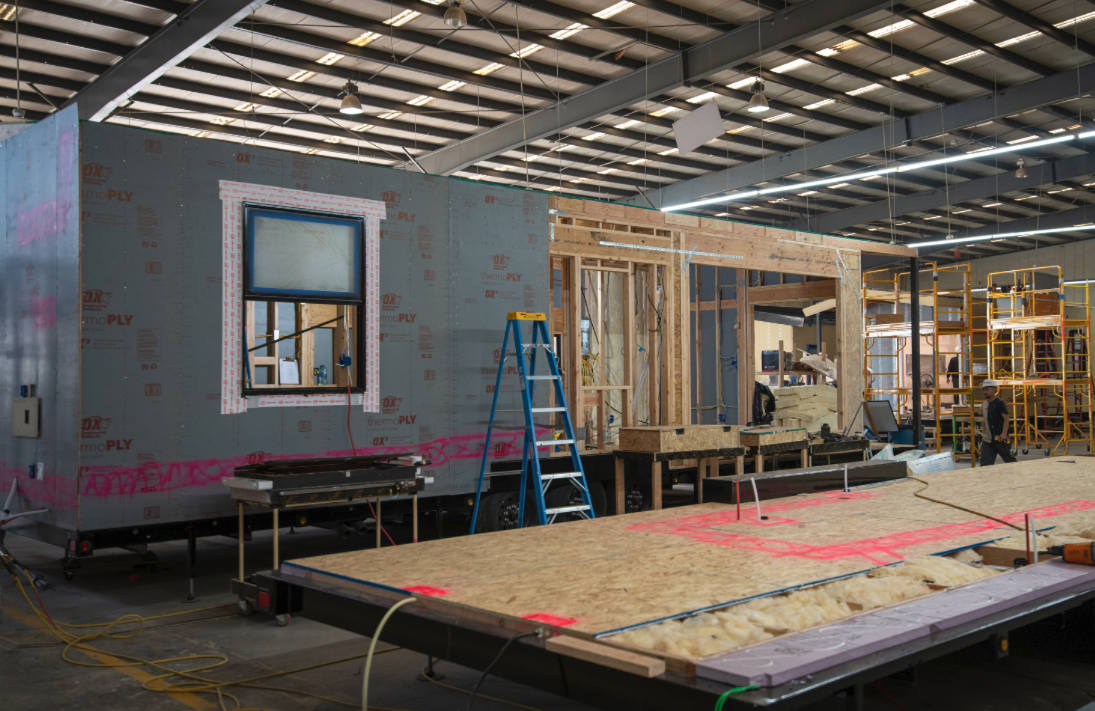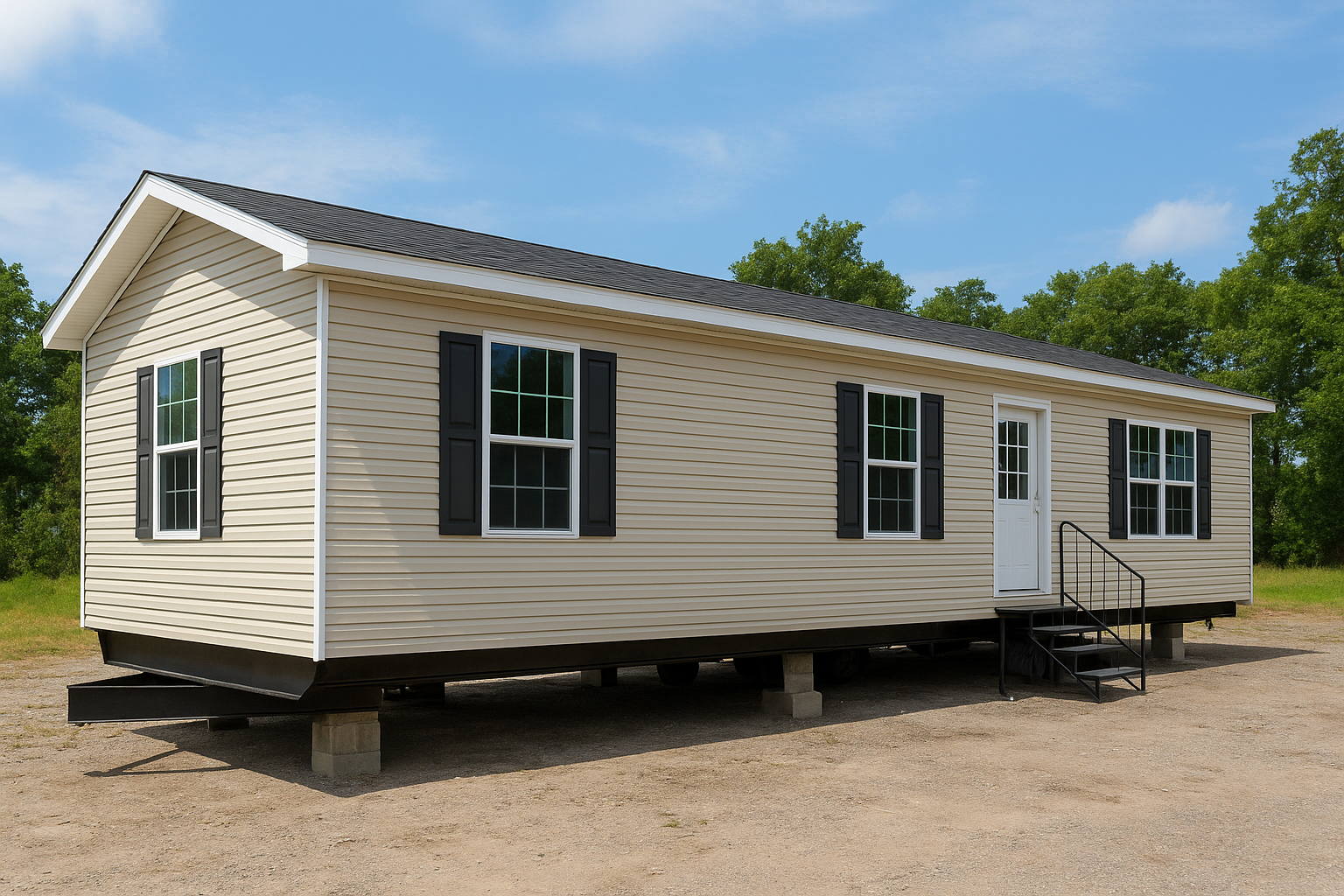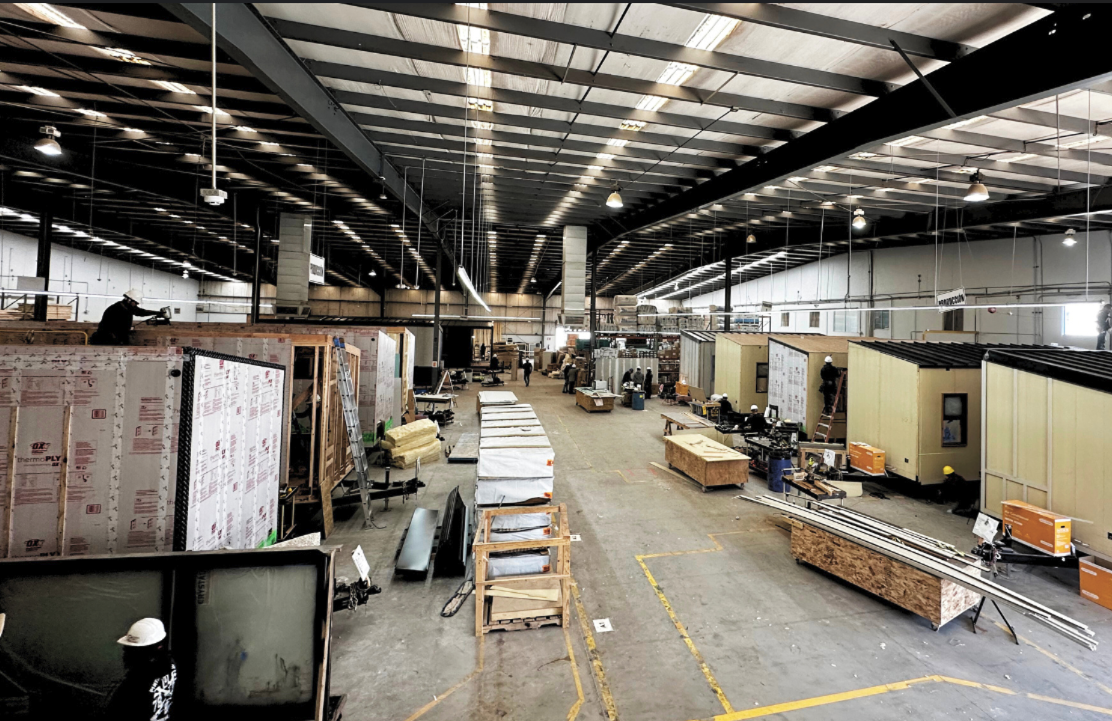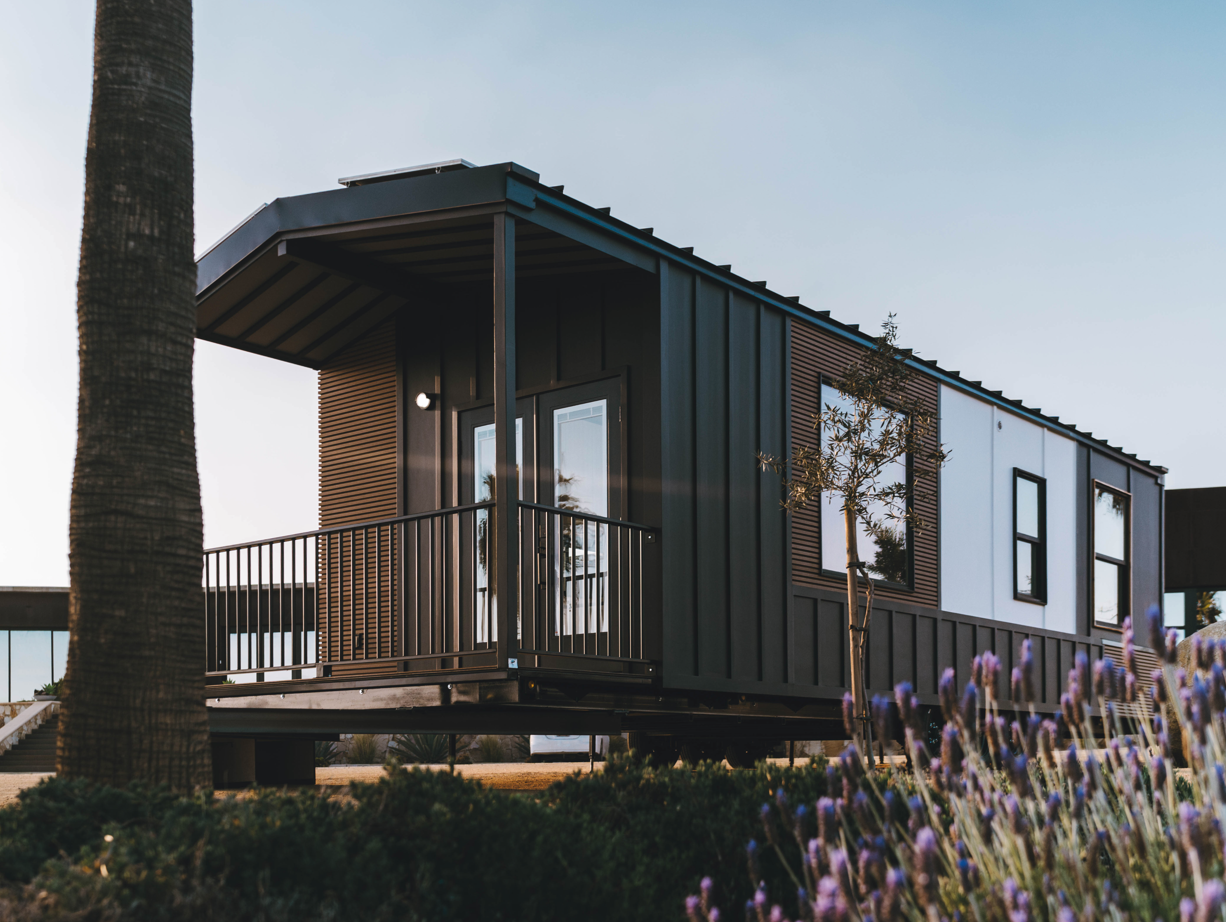Most people searching for factory-built homes want the same thing—something affordable, fast, and built to last. The challenge is that “manufactured,” “modular,” and “prefab” often get used like they mean the same thing. They don’t. The differences affect everything from financing to resale value. Here’s how to tell them apart before you buy.

Why Terminology Matters
When you encounter terms like “factory-built,” “manufactured,” and “modular”, you’re looking at homes built off-site—but the differences aren’t just semantic. They impact code compliance, financing, how the property is classified, and long-term value. This guide helps you understand what kind of home you’re actually buying.

Manufactured Homes: Quick Start, Lower Cost
- A manufactured home is built entirely in a factory under the U.S. Department of Housing and Urban Development (HUD) Code, formally known as the “Manufactured Home Construction and Safety Standards”. Source: HUD User+2HUD+2
- These homes are often transported on a steel chassis and installed with minimal on-site work. Source: HUD User
- Because they can be moved and do not always use a permanent foundation, financing is often via personal-property (chattel) loans rather than traditional mortgages.
- Ideal if you need the lowest upfront cost and fastest move-in, and land/permits are flexible.

Modular Homes: Built Like Site-Built, With Factory Efficiency
- Modular or factory-built homes are completed in a factory but assembled on-site and must comply with local or state building codes, not the federal HUD Code. Source: HUD User+2hcd.ca.gov+2
- In California, the California Department of Housing and Community Development (HCD) regulates “Factory-Built Housing” (FBH), which includes modular homes and components manufactured off-site. Source: hcd.ca.gov+1
- Modular homes are placed on permanent foundations and are treated as real property like a site-built home.
- Offers high quality, better resale potential, and access to standard mortgage financing if conditions are met.
Why the Difference Matters
Code determines value.
Manufactured homes follow federal (HUD) rules meant for transportability and cost efficiency. Modular homes follow local/state codes designed for permanence and safety.
That distinction affects:
- Financing: Mortgage vs. chattel loan
- Appreciation: Real property vs. depreciating asset
- Permitting: Local building department vs. HUD certification
- Insurance: Homeowners vs. mobile home policies
For anyone planning to live in one place long-term, understanding this distinction upfront can prevent financing headaches and appraisal gaps later.
Quick Decision Guide

FAQs
Are manufactured and modular homes both “prefab”?
Yes. “Prefab” simply means built in a factory.
- A manufactured home is built under the U.S. Department of Housing and Urban Development (HUD) Code—a national standard. HUD User+2HUD+2
- A modular or factory-built home is built under state/local building codes (for example, in California the California Department of Housing and Community Development, HCD, oversees it). hcd.ca.gov+1
So yes – both are factory-built, but the regulations, foundation, and financing differ.
Can a manufactured home become real property?
Yes, but with conditions.
In California, even a HUD-code manufactured home may be treated as real property if it’s permanently affixed to land and certified accordingly (e.g., by HCD’s systems for installation and conversion) under California law. hcd.ca.gov+1
However, it still remains classified under the HUD Code, not built under conventional site-built housing code.
Are modular homes safer or more durable?
Both types meet safety standards—but they differ in scope:
- Manufactured homes comply with the HUD Code, designed for transportability and federal standards. HUD+1
- Modular/factory-built homes follow the same codes often used for site-built homes (e.g., California’s Building Code under HCD oversight). These often require more robust inspections, permanent foundations, and local code compliance. hcd.ca.gov
So yes—modular homes can carry an edge in durability depending on how they’re built and installed.
What financing options are available?
- Manufactured homes: Because they often sit on a chassis and may be classified as personal property, they may use a chattel loan (higher rates, shorter term).
- Modular/factory-built homes: If treated as real property (permanent foundation, land owned), they can qualify for standard mortgages similar to site-built homes. (Numerous sources show this differential in practice.) Investopedia+1
Always verify with your lender specifics for your local jurisdiction.
What about zoning and permits?
- Manufactured homes: Often allowed in mobile home parks or in zones where HUD-code homes are permitted. The HUD Code preempts many local codes for manufactured homes. labor.maryland.gov+1
- Modular/factory-built homes: Must comply with local building and zoning rules (because they’re built like site-built houses). In California, many are governed by HCD’s Factory-Built Housing (FBH) program. hcd.ca.gov+1
Check your specific city/county zoning, permit rules, and whether the builder’s product qualifies under the correct category.
Where does Clever fit in?
Clever builds modular homes: factory-built under state code, certified by California’s HCD, and installed on permanent foundations.

This means:
- They are not HUD-manufactured homes (which follow the HUD Code).
- They qualify as real property, not personal movable property.
- Financing, resale, and permits align more closely with site-built homes under local building codes.
How can I tell which one a builder offers?
Ask these two clear questions:
- “Which building code do you build under?” (HUD Code vs. local/state building code)
- “Will the home be installed on a permanent foundation and treated as real property?”
The answers will help you figure out whether you’re dealing with a manufactured-home or modular/factory-built home scenario.
What it Really Means
Manufactured homes are designed for lowest upfront cost and mass production speed.
They’re affordable because they’re built to a simpler federal standard (HUD), often on movable steel frames.
Modular homes, like those built by Clever, are designed for precision, permanence, and long-term value—but that doesn’t mean they’re slow or expensive.
Because modular construction happens in a controlled factory environment, you still get:
- Faster timelines (factory build and site work happen in parallel)
- Predictable costs (no weather delays or change-order chaos)
- High-quality finishes that meet or exceed local building codes
Whether you’re comparing listings for “manufactured homes for sale” or just exploring, it’s worth digging deeper into what “manufactured” truly means, and what it doesn’t. A modular home built under state/local codes can give you the same factory-built speed and consistency plus long-term value, equity, and mainstream financing. Choose the path that fits your land, budget, timeline, and financing scenario.
We're here to help. Visit www.clevertinyhomes.com.

